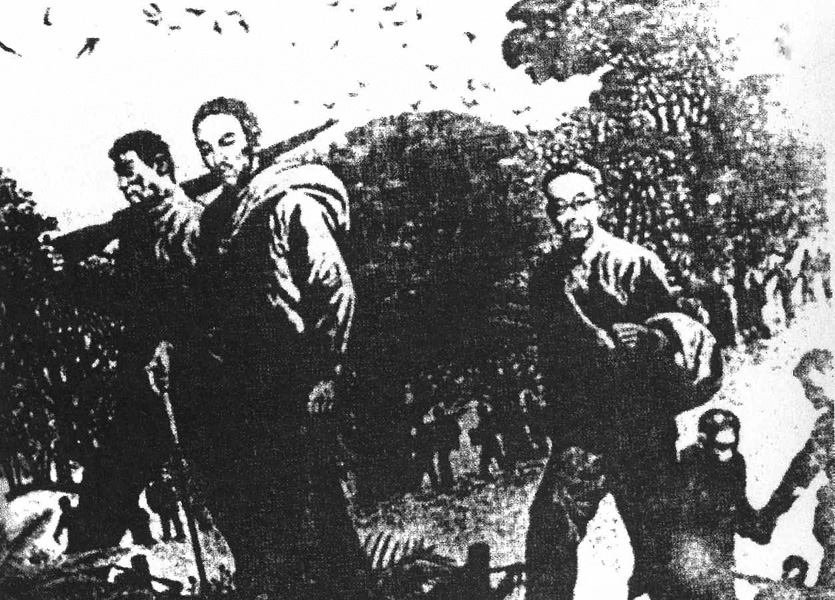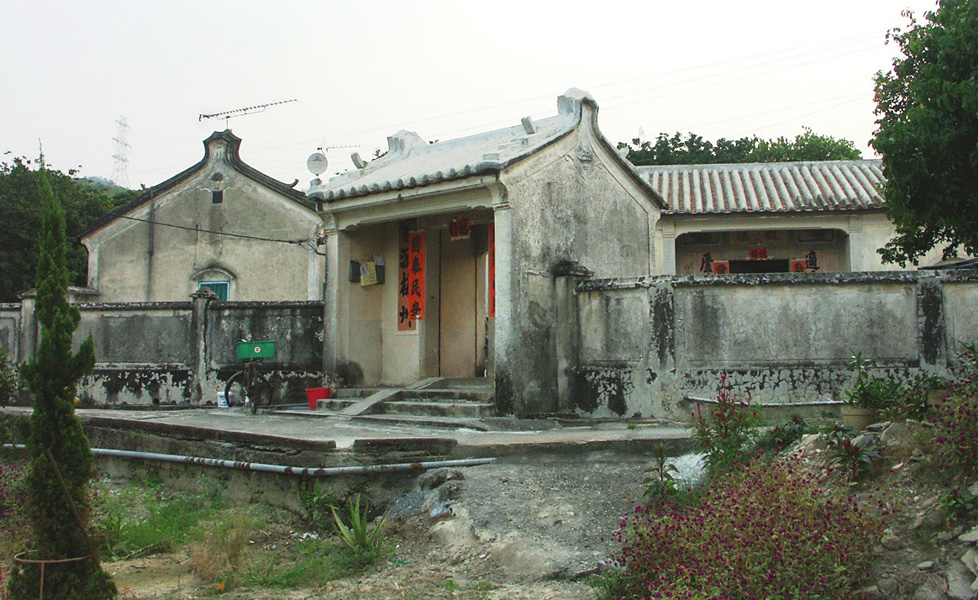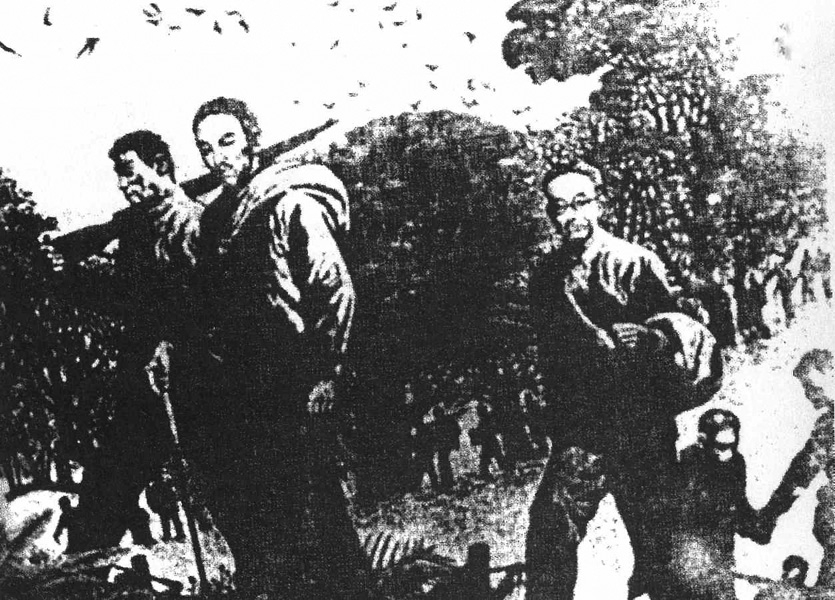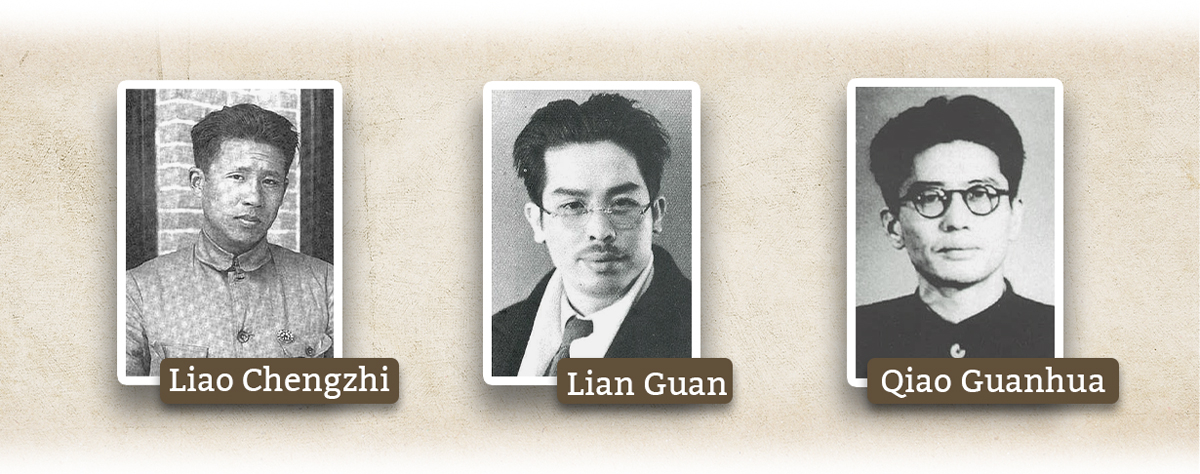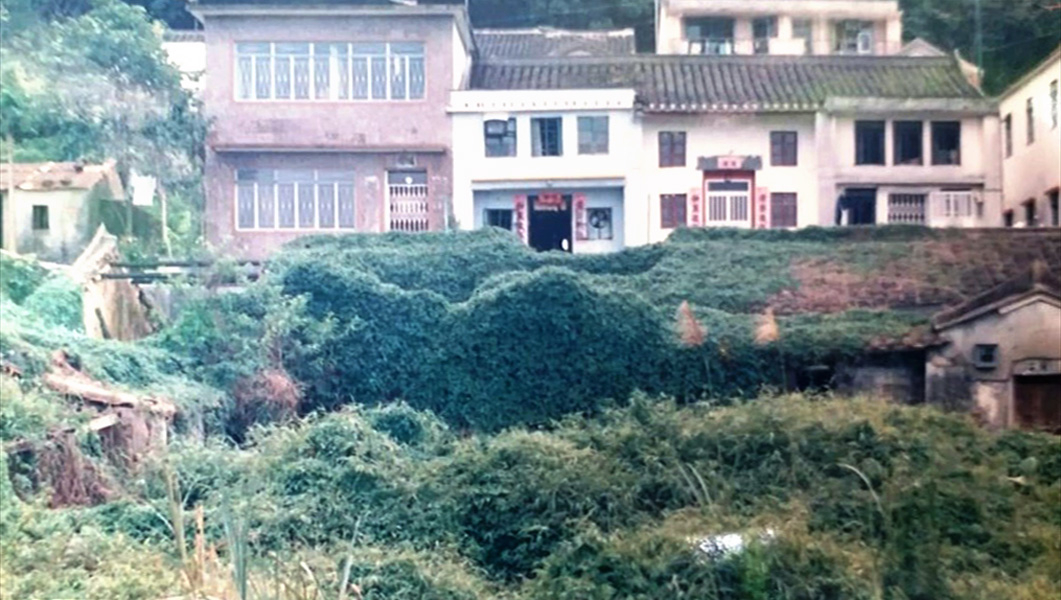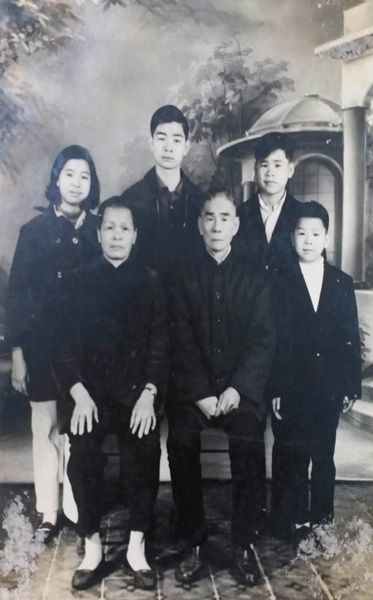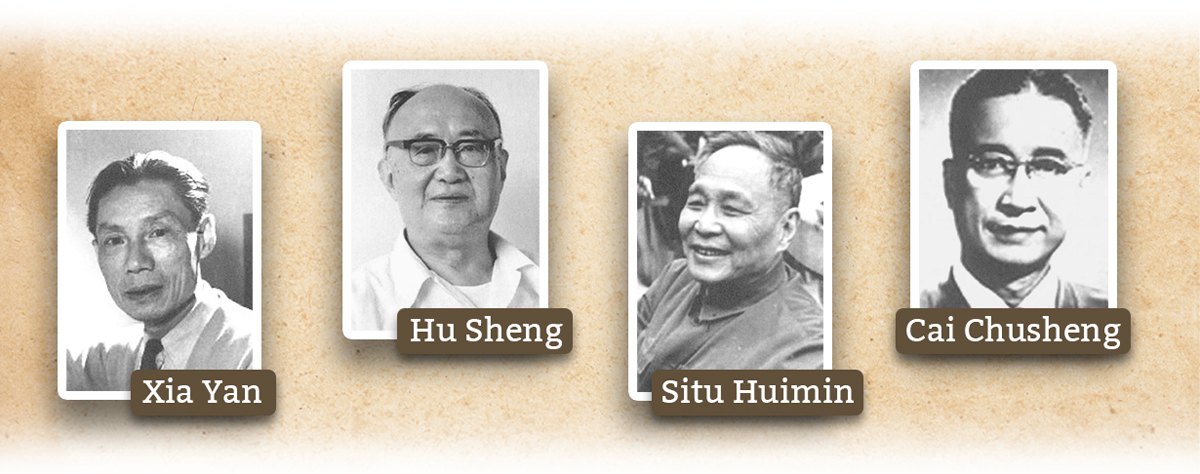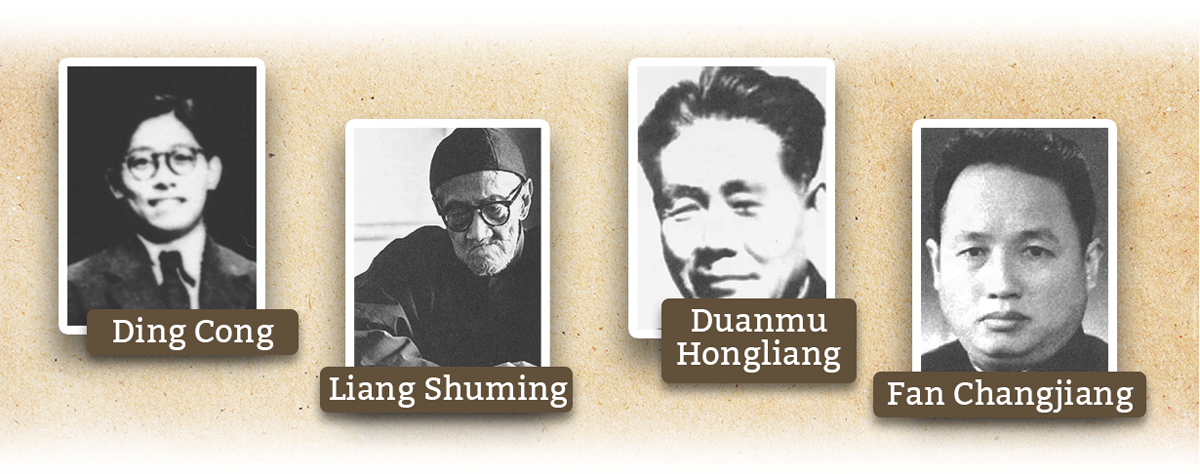After the Japanese occupied Hong Kong, they searched and arrested people who were against them. Most of the anti-Japanese cultural figures staying behind in Hong Kong did not understand Cantonese nor have any social connections, which placed them in a precarious situation. Zhou Enlai (周恩來), the Secretary of the Chinese Communist Party’s (CCP, 中國共產黨) Central Committee Secretariat and the Southern Bureau, repeatedly gave the instructions of rescuing the anti-Japanese cultural figures. The underground organisation of the CCP and several armed squads (predecessor of the Hong Kong and Kowloon Brigade) played an important role in the operation. They sent the most experienced traffic wardens to lead the way and arranged armed men to escort the cultural figures through dangerous areas. Cultural figures left the heavily blockaded Hong Kong Island, crossed the sea to reach Kowloon in groups under careful protection. Then their journey back to the Chinese mainland began. They were split into two groups and had to get past numerous Japanese garrisons and regions controlled by bandits. Finally, they reached the home front without any casualties. The Rescue Operations in Hong Kong began on 25 December 1941, the day Japan occupied Hong Kong. The operations, which lasted for 11 months, rescued about 800 democrats, cultural figures, intellectual youths, and their families. It also helped some anti-Japanese patriotic members of the Kuomintang of China (KMT, 中國國民黨), British soldiers, and expatriates escape from the Japanese. Author Mao Dun (茅盾) regarded the operations as the greatest of its kind in the War of Resistance Against Japanese Aggression.
|
|
Was it necessary to carry out the Rescue Operations in Hong Kong after Japan occupied the city? Explain with examples. |
|
|
See answer below. |
A map showing the routes of the Rescue Operations in Hong Kong.
Sik Lo (Ancestral Hall of the Yeung clan) in Yeung Ka Tsuen, Shap Pat Heung, Yuen Long. It was once a transport station for the East River Column (an anti-Japanese guerrilla), and a transit station for the Rescue Operations in Hong Kong.
Painter Ding Cong’s (丁聰) wood carved work Escort depicting the Rescue Operations in Hong Kong. It was published in 1942 in the East River People’s Daily (《東江民報》), a newspaper established by the Guangdong (廣東) People’s Anti-Japanese Guerrilla Force.
On 1942 New Year’s Day, Wong Ya-yuen (王亞元), the Village Chief of Shan Liu Tsuen, Sai Kung, received the CCP leaders Liao Chengzhi (廖承志), Lian Guan (連貫), and Qiao Guanhua (喬冠華), who were responsible for initiating the Rescue Operations in Hong Kong. At that time, the armed squad base was set in Shan Liu Tsuen. Liao and his entourage were escorted by Cai Guoliang (蔡國樑), the captain of the anti-Japanese guerrillas, to smuggle into Shayuchong (沙魚涌) through Kei Ling Ha.
The former residence (the collapsed house on the left in the photo) of Wong Ya-yuen, the Village Chief of Shan Liu Tsuen. Liao Chengzhi and his entourage stayed there for a rest (Photographed in 1989. The house ceased to exist).
A family photo of Wong Ya-yuen (middle in the front row), the Village Chief of Shan Liu Tsuen, taken in around 1972. Wong contributed to the Rescue Operations in Hong Kong.
Some well-known anti-Japanese cultural figures saved during the Rescue Operations in Hong Kong.
Some well-known anti-Japanese cultural figures saved during the Rescue Operations in Hong Kong.
Some well-known anti-Japanese cultural figures saved during the Rescue Operations in Hong Kong.
Some well-known anti-Japanese cultural figures saved during the Rescue Operations in Hong Kong.
|
|
Was it necessary to carry out the Rescue Operations in Hong Kong after Japan occupied the city? Explain with examples. |
|
|
Cultural figures opposing to the Japanese aggression in Hong Kong were in a precarious situation after Japan occupied the city. Take the famous poet and translator Dai Wangshu (戴望舒) as an example. He came to Hong Kong from Shanghai (上海) in 1938 to promote anti-Japanese war literature. After the fall of Hong Kong, he was arrested and imprisoned in Victoria Prison, where he was tortured and faced constant death threats. Although he was released in mid-1942, his body and mind were severely hurt. His poems Inscription on the Prison Wall and I Use My Broken Palm, written in prison and after his release respectively, became a testimony to the Japanese’s brutality towards the cultural figures who stayed in Hong Kong. This example shows that the Rescue Operations was necessary. |




